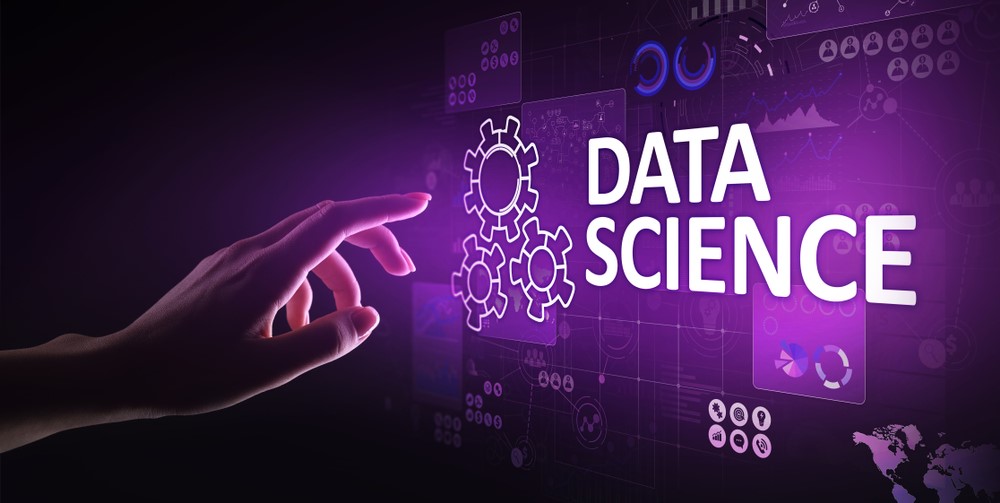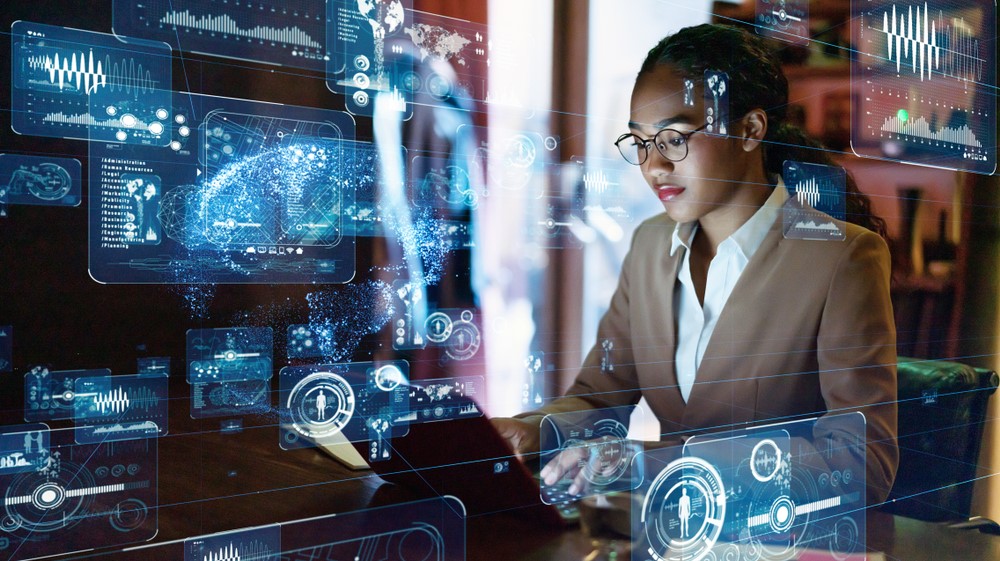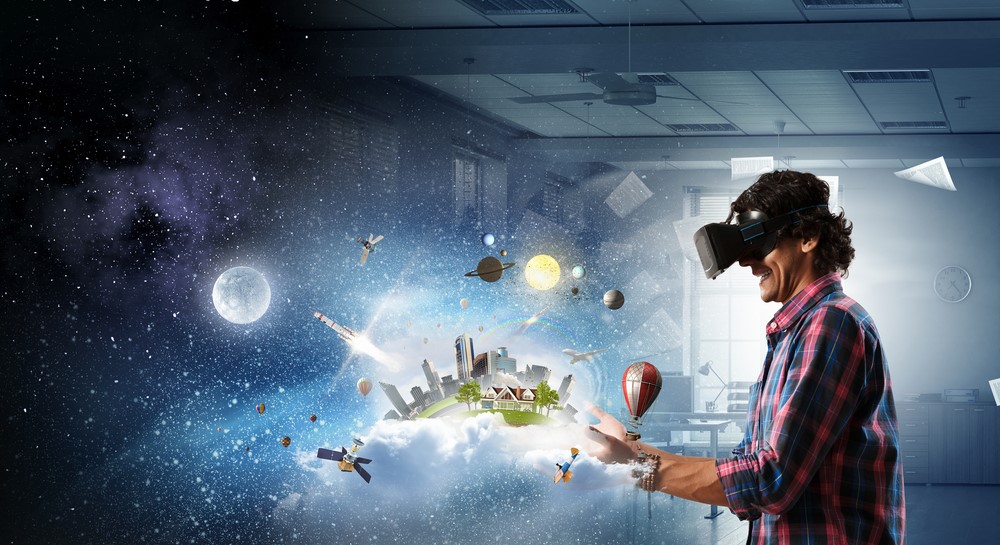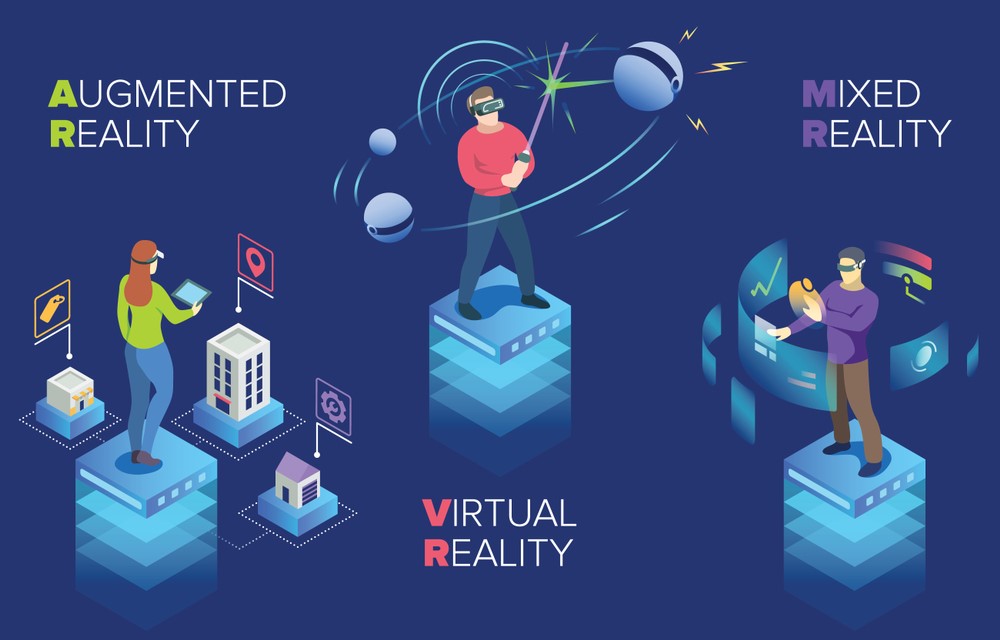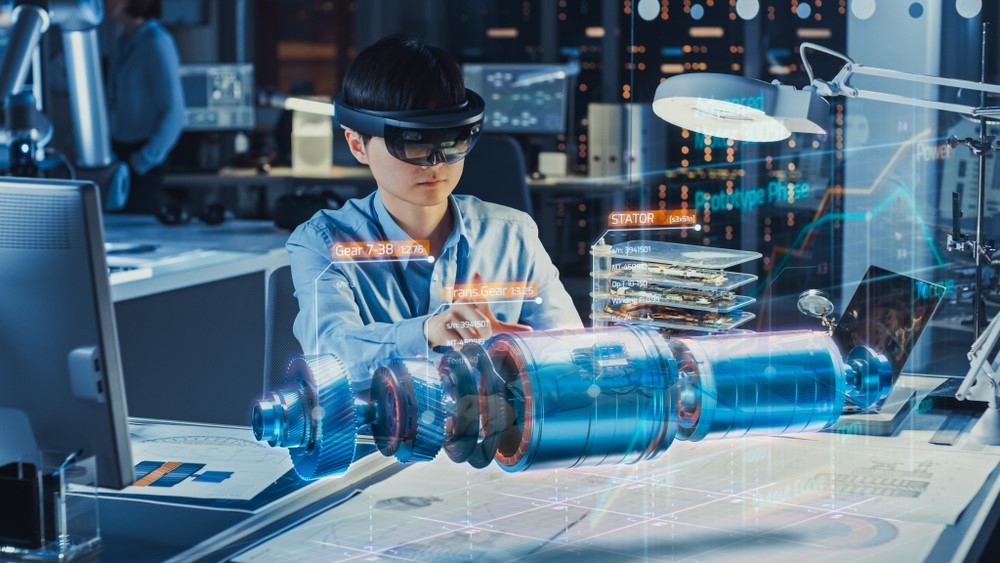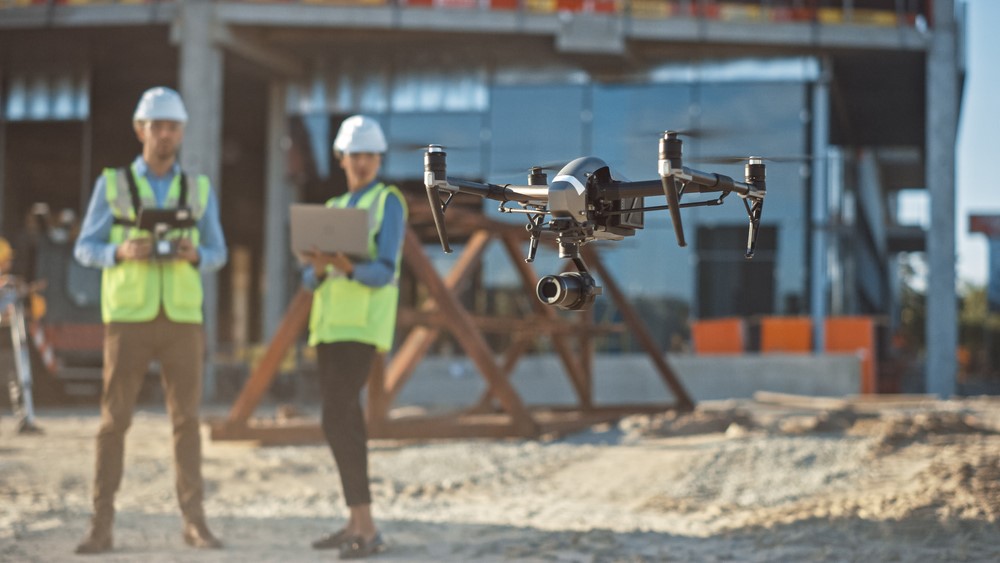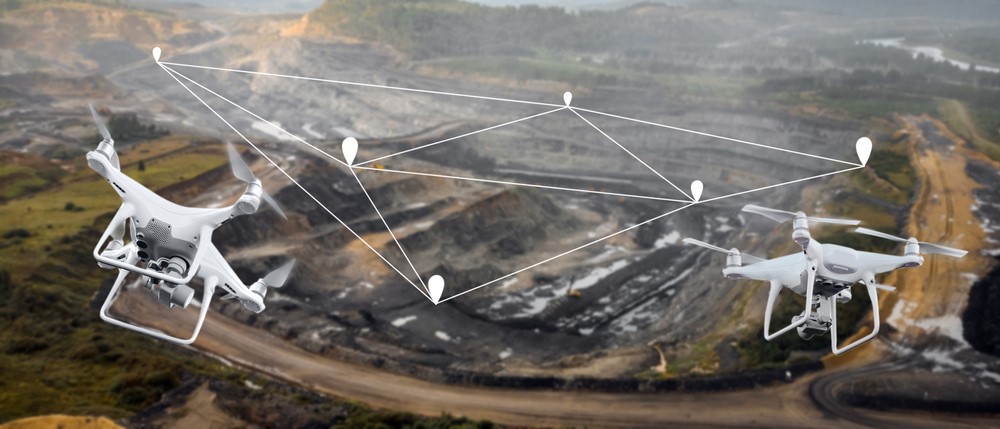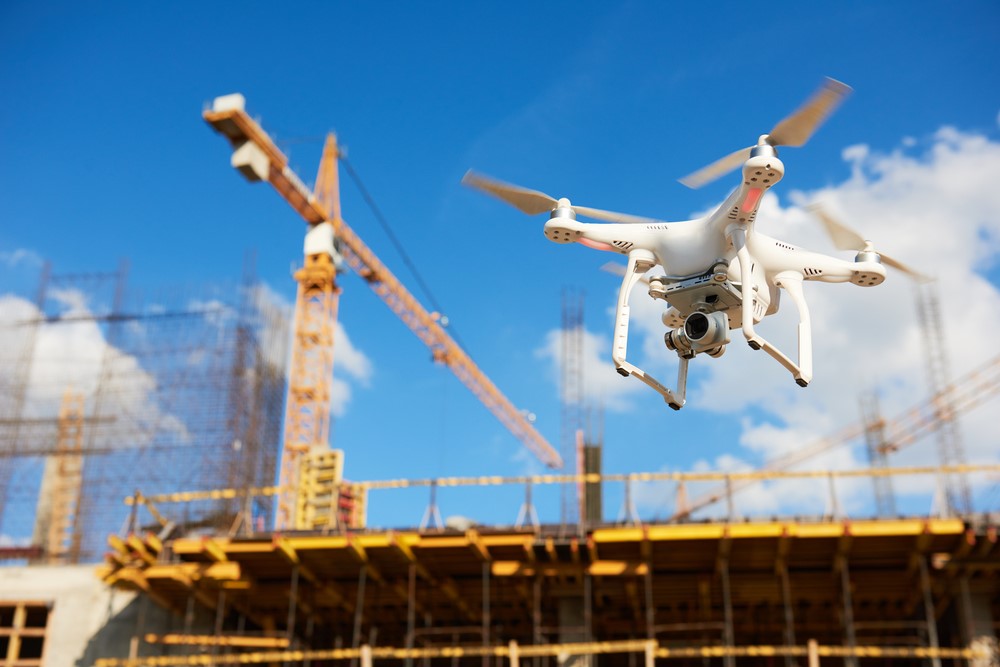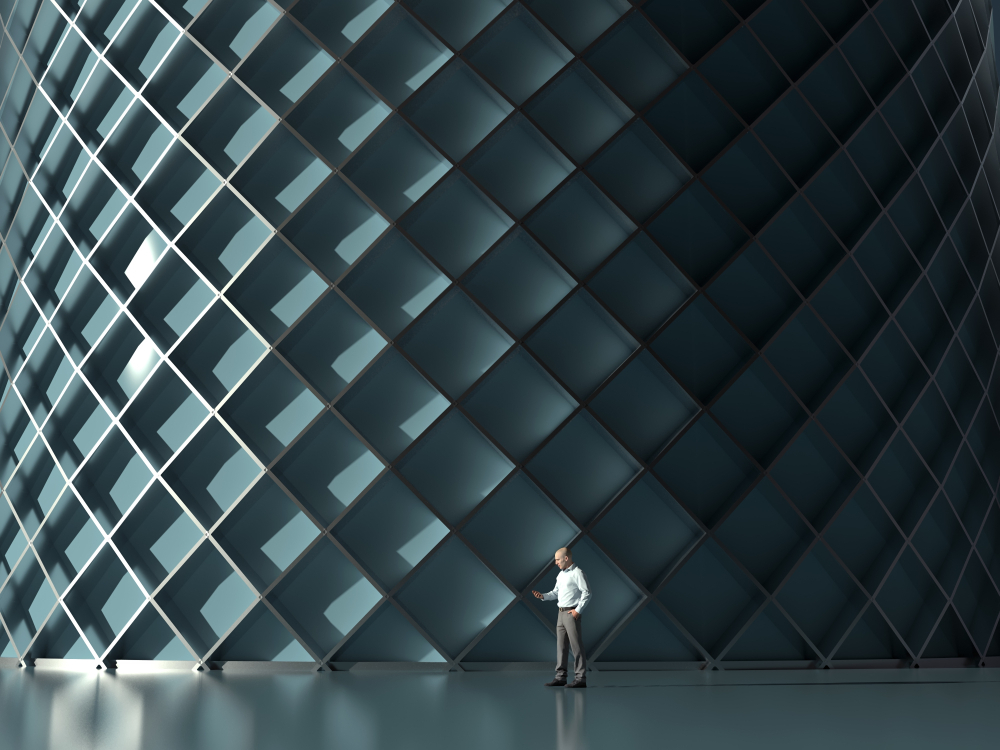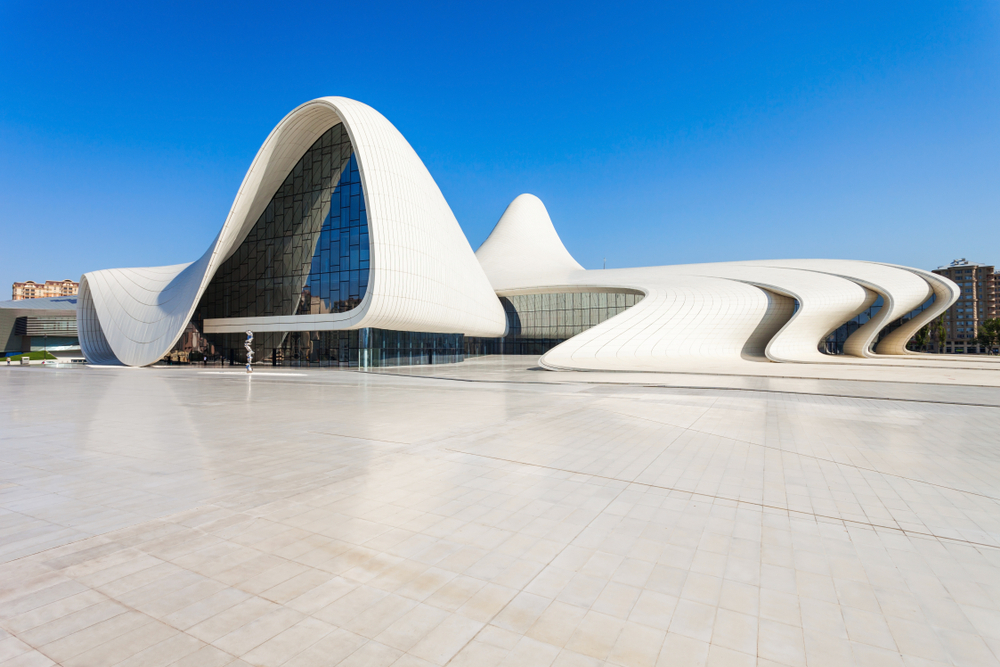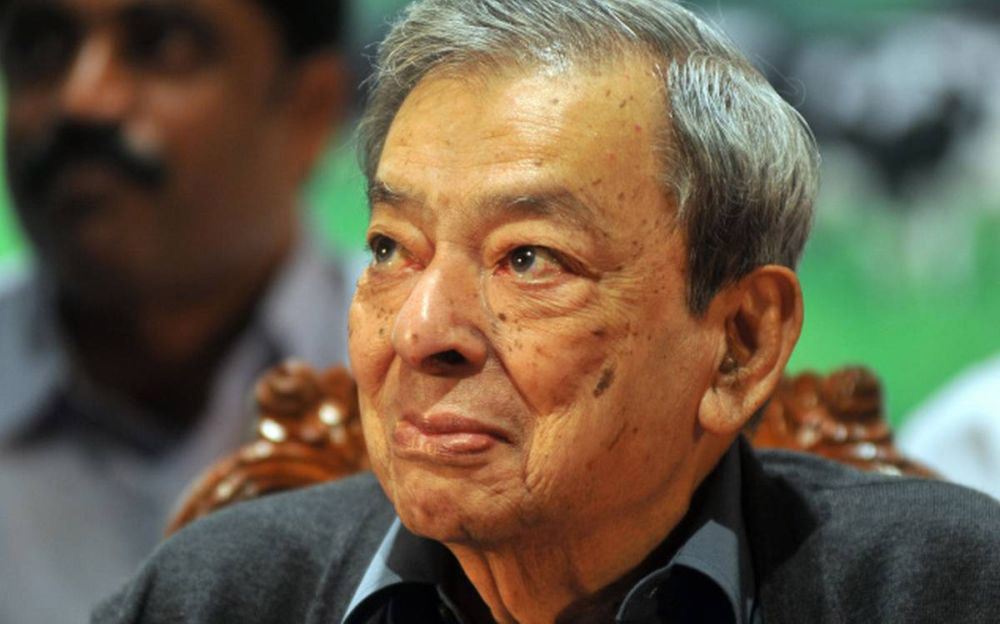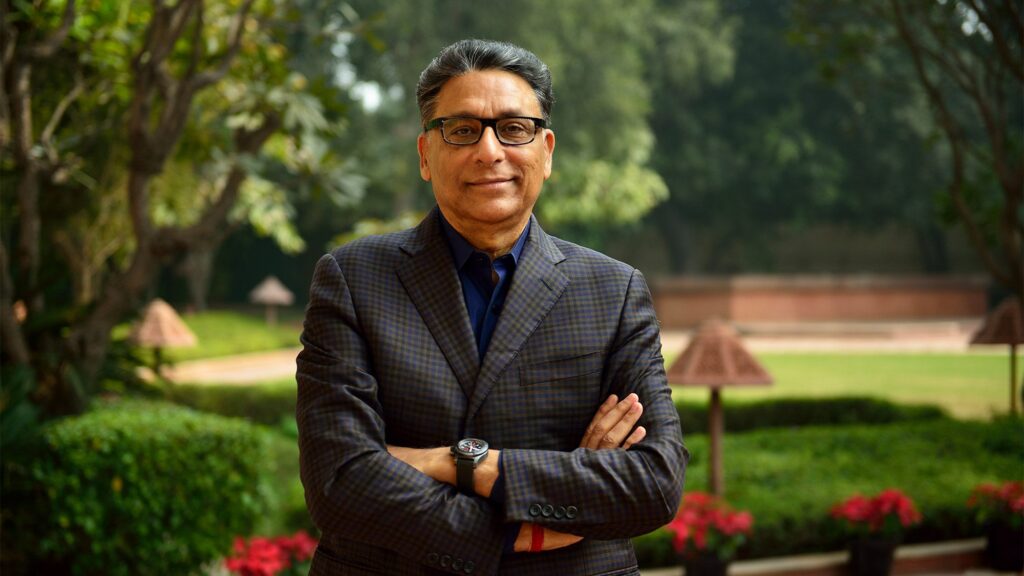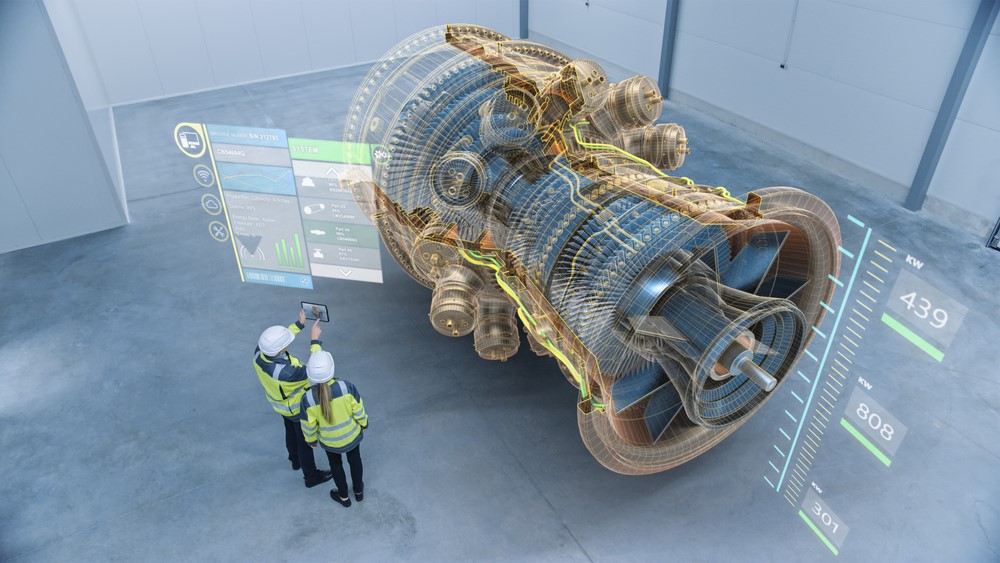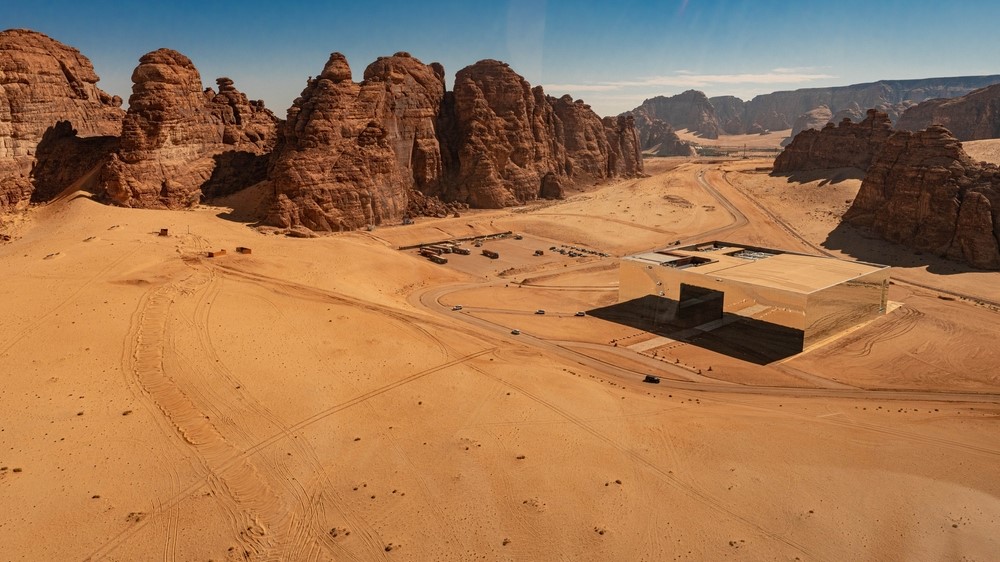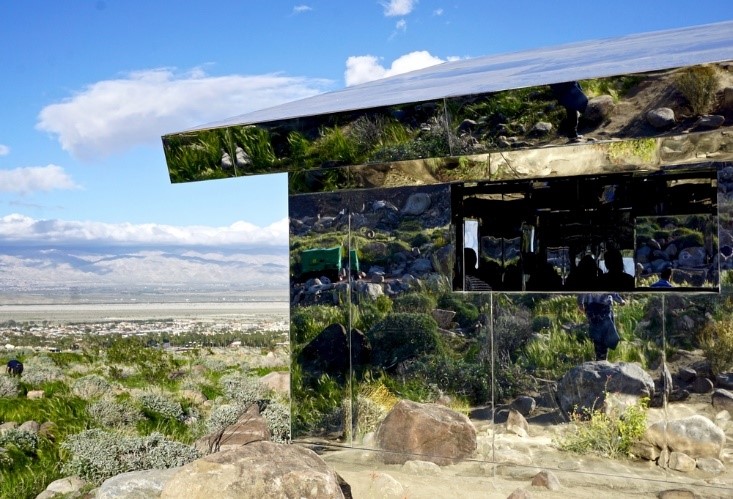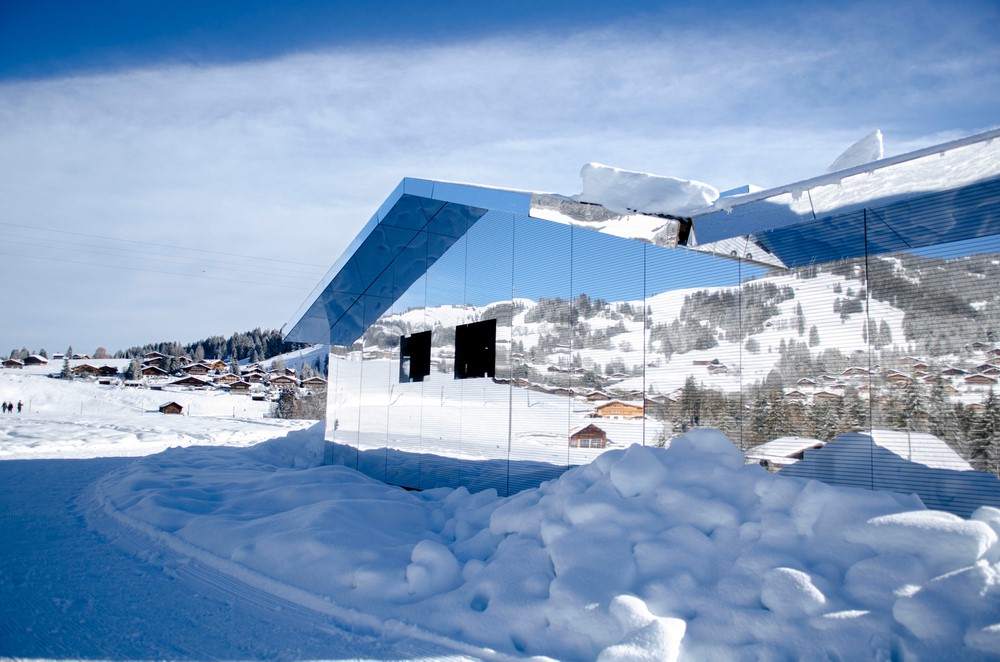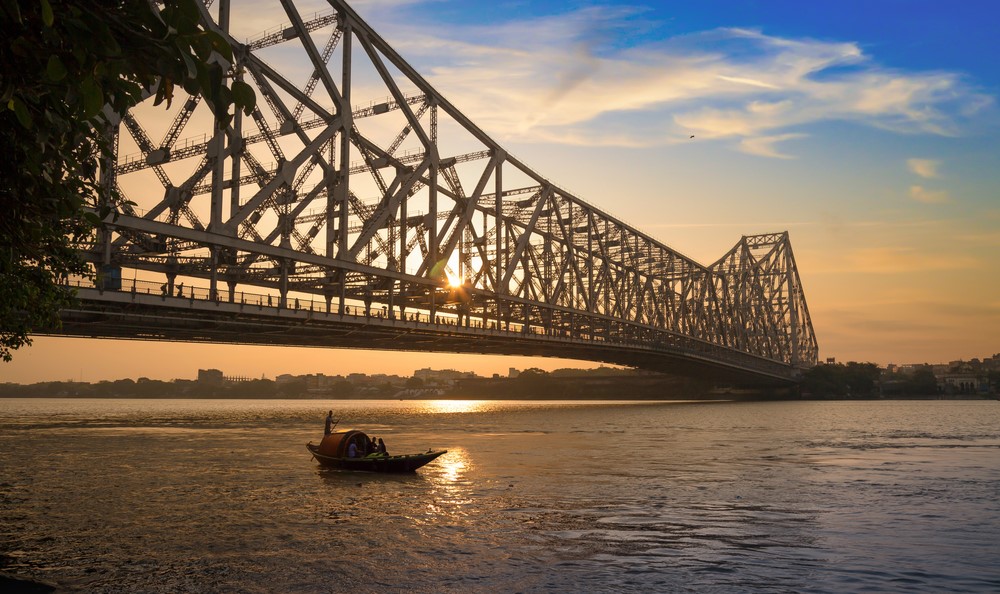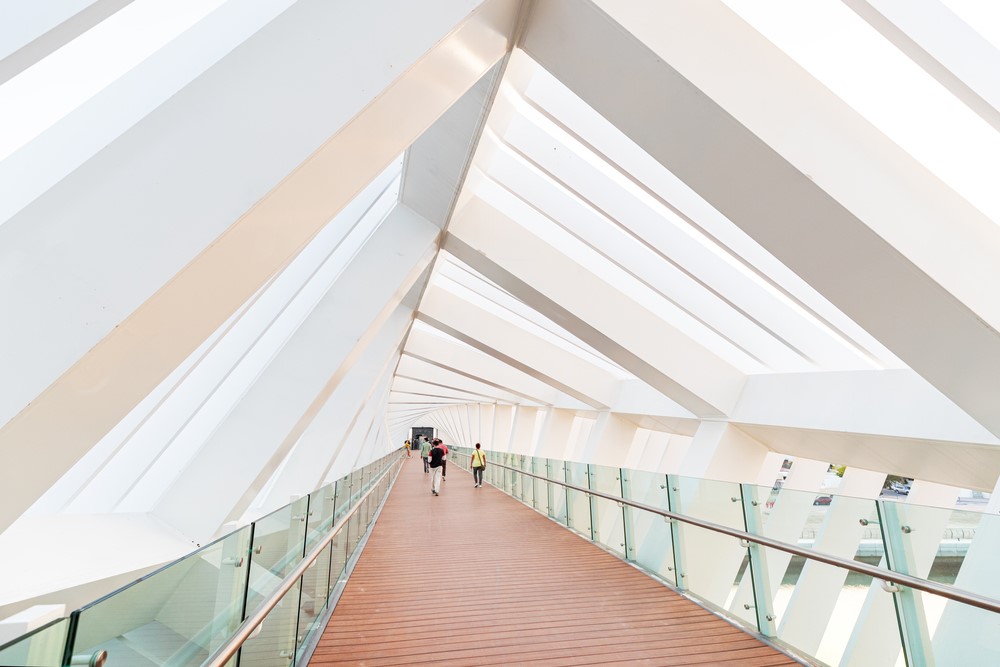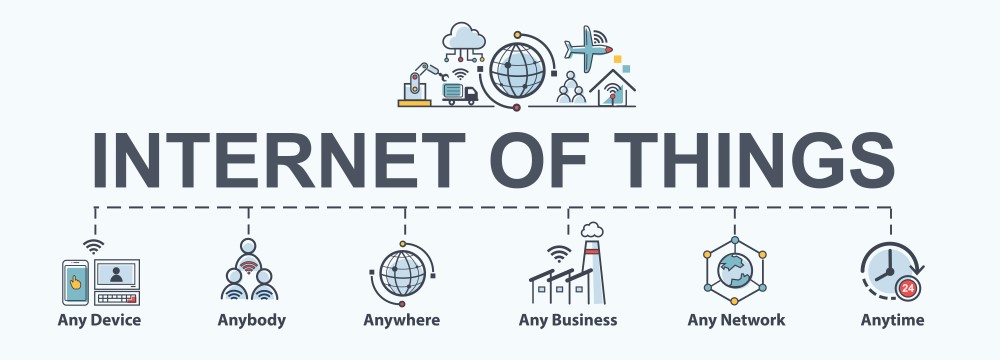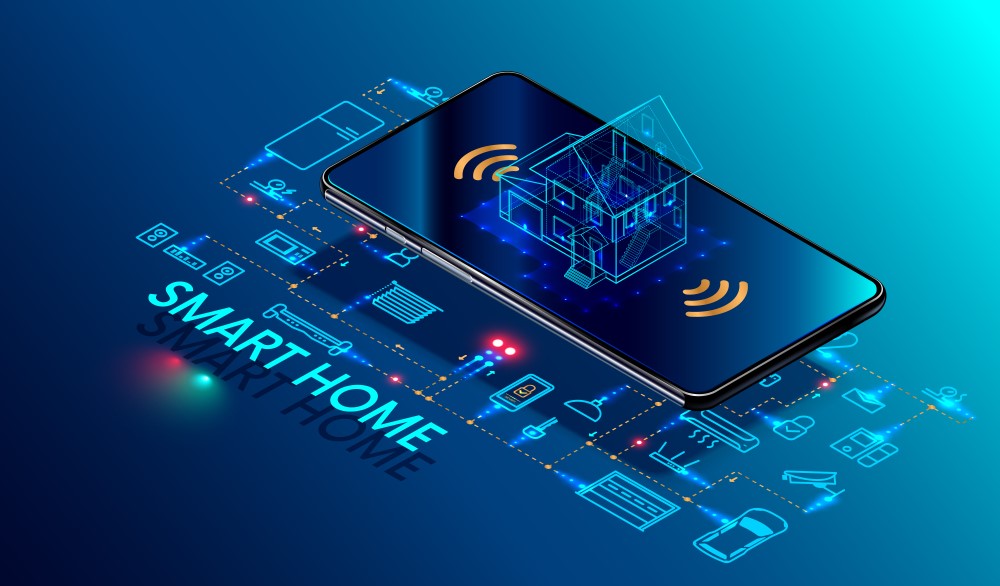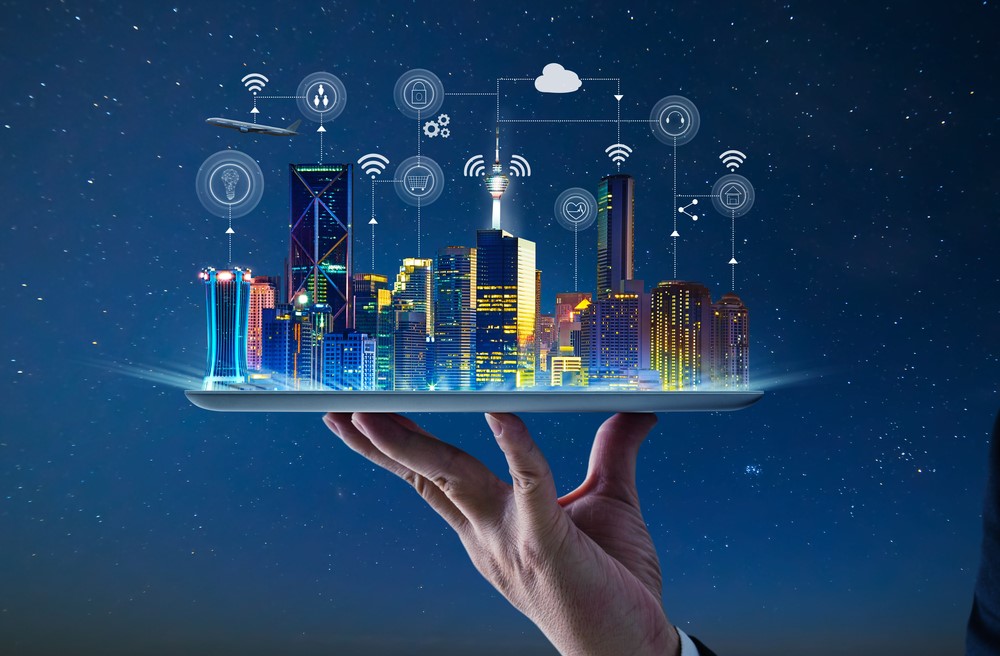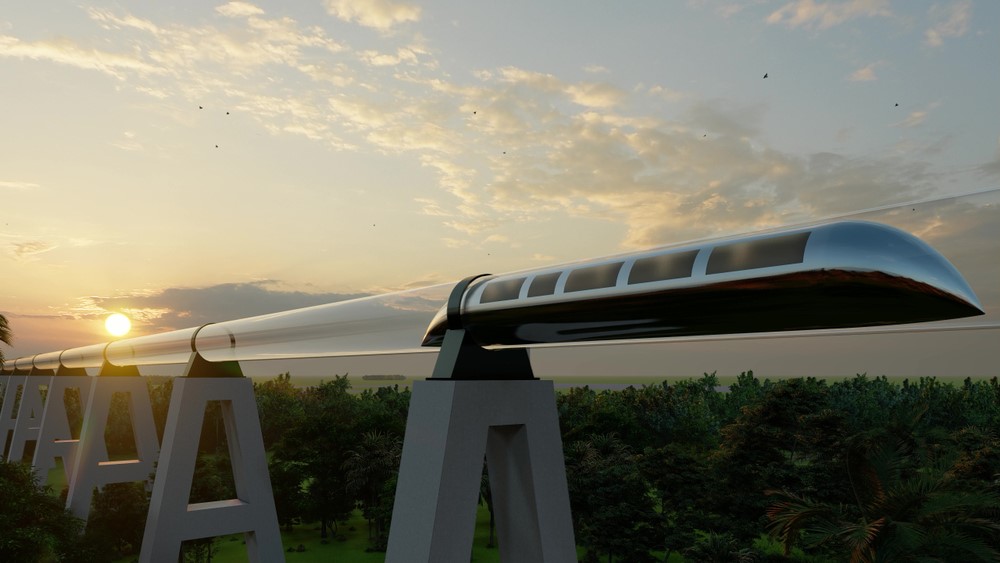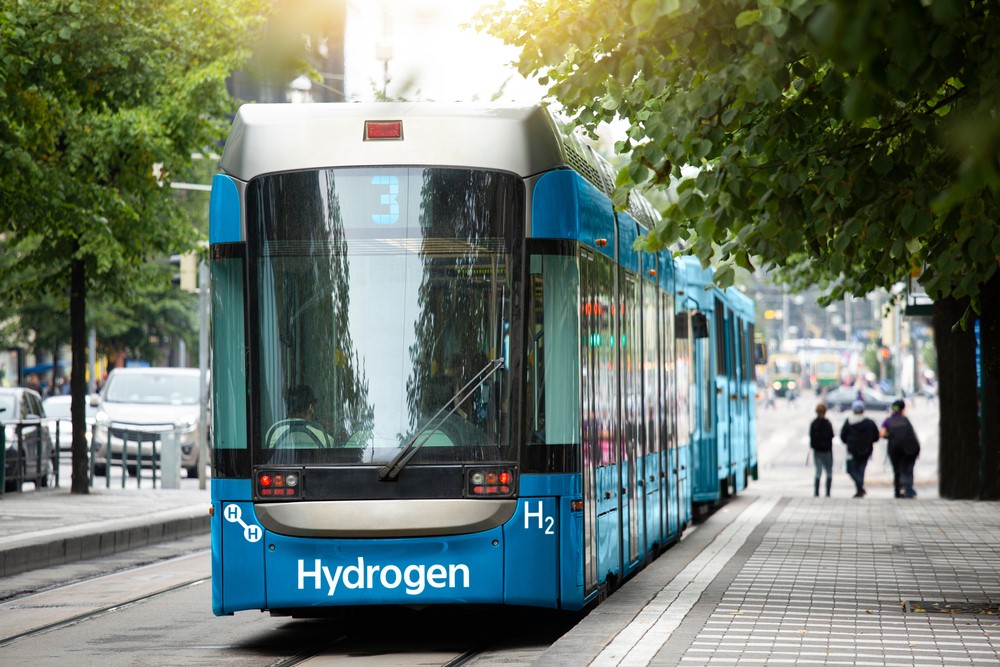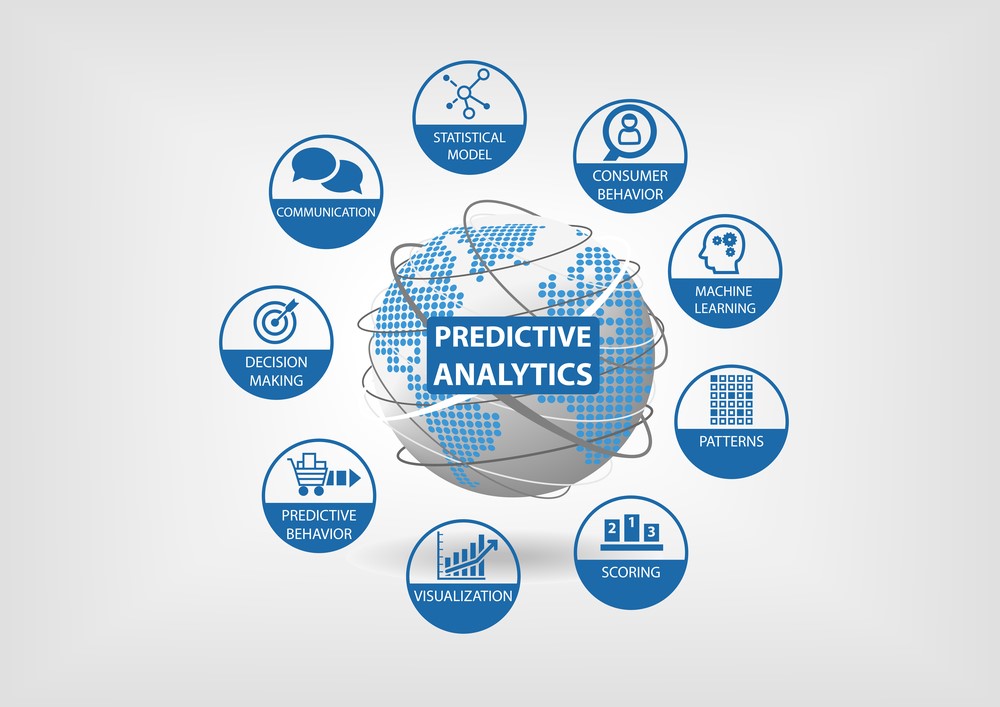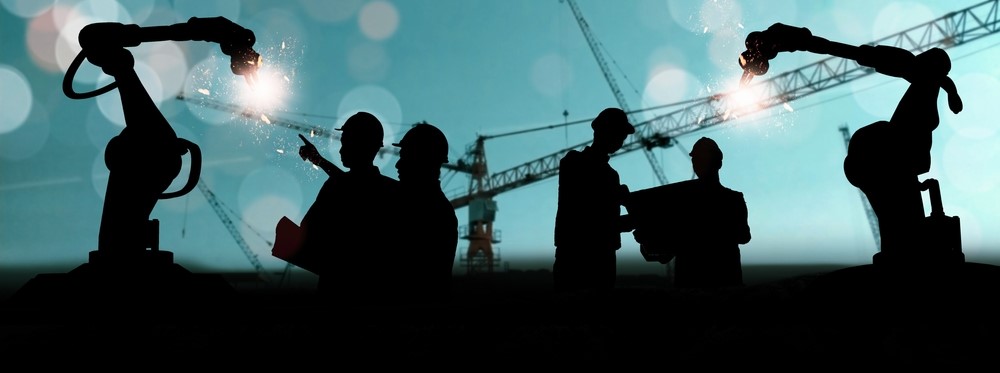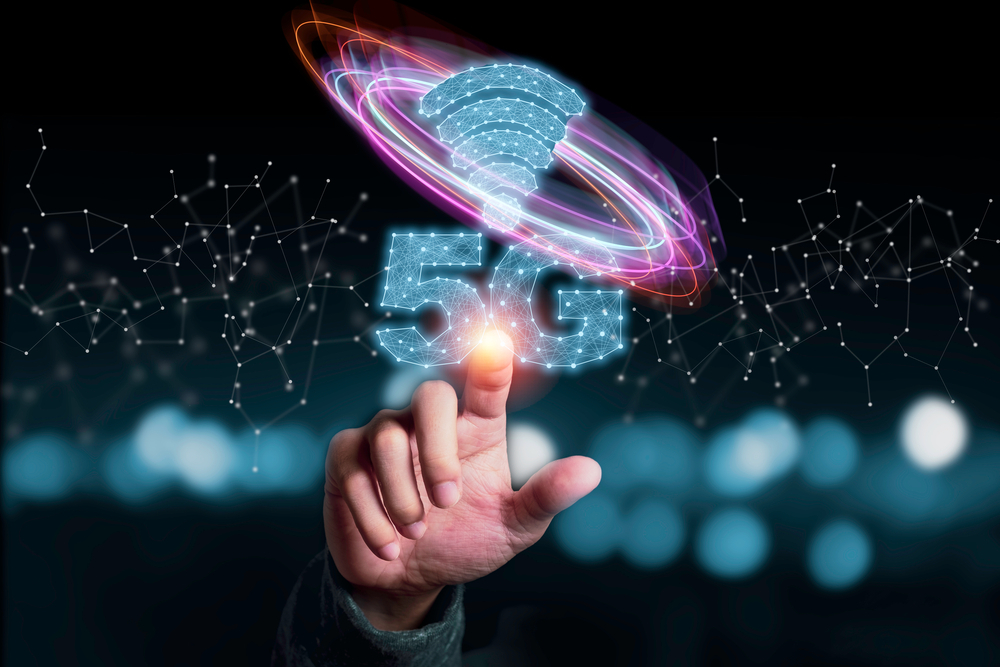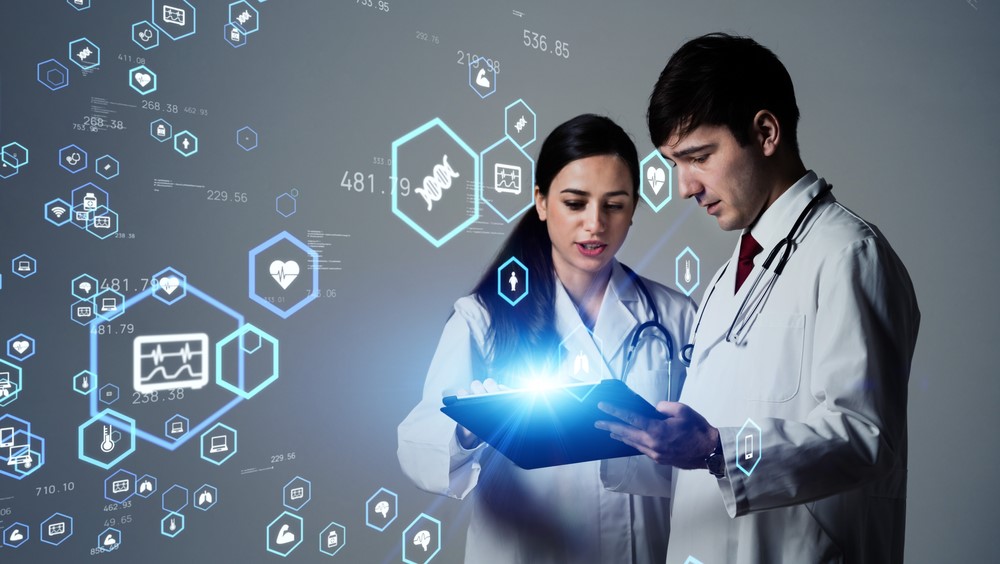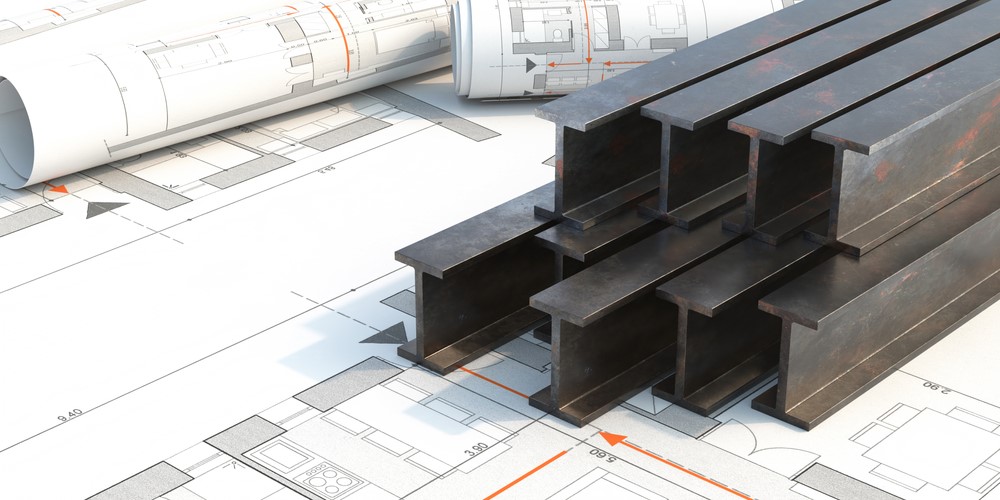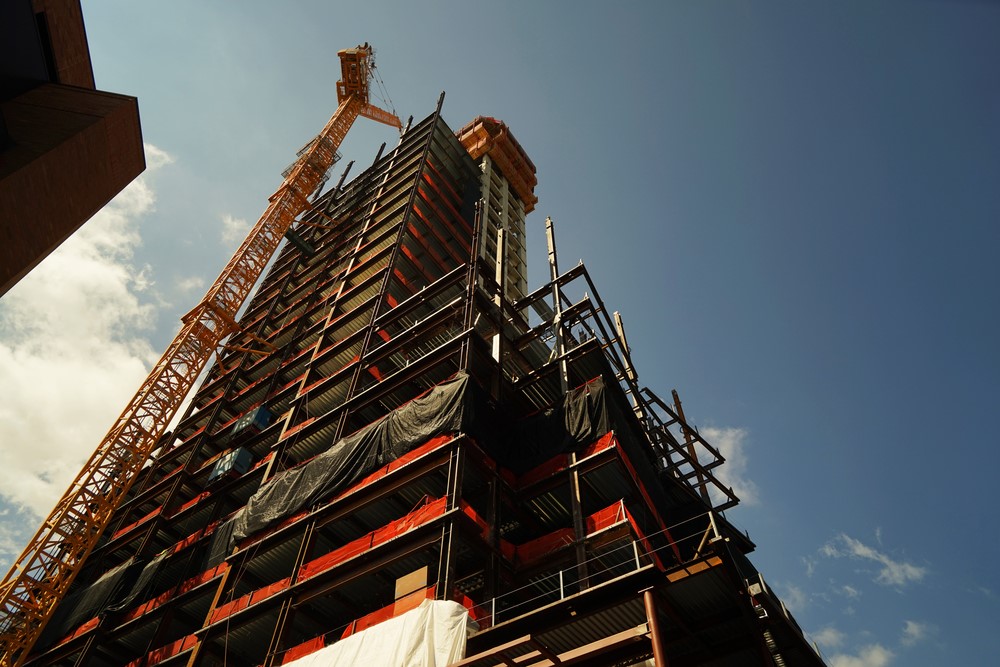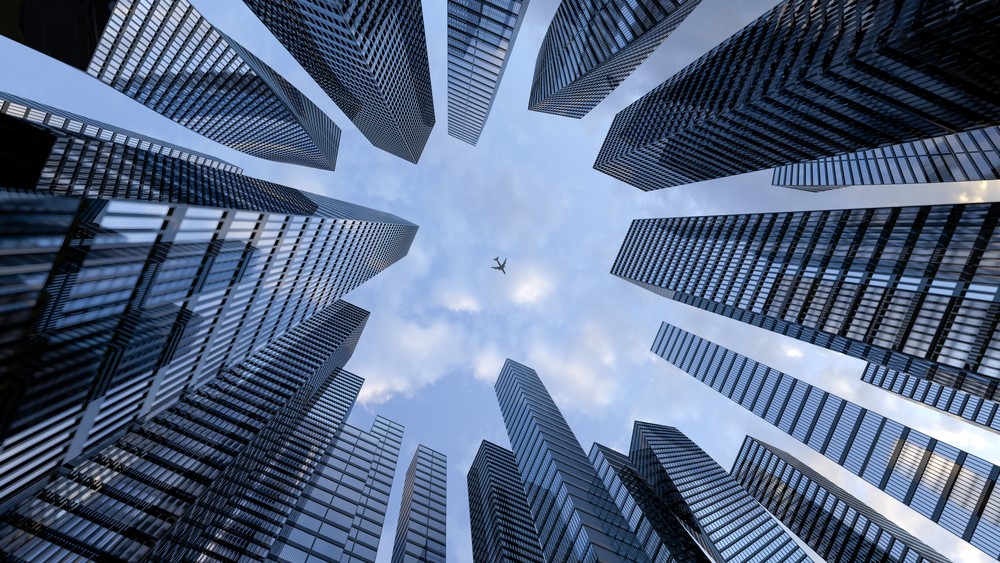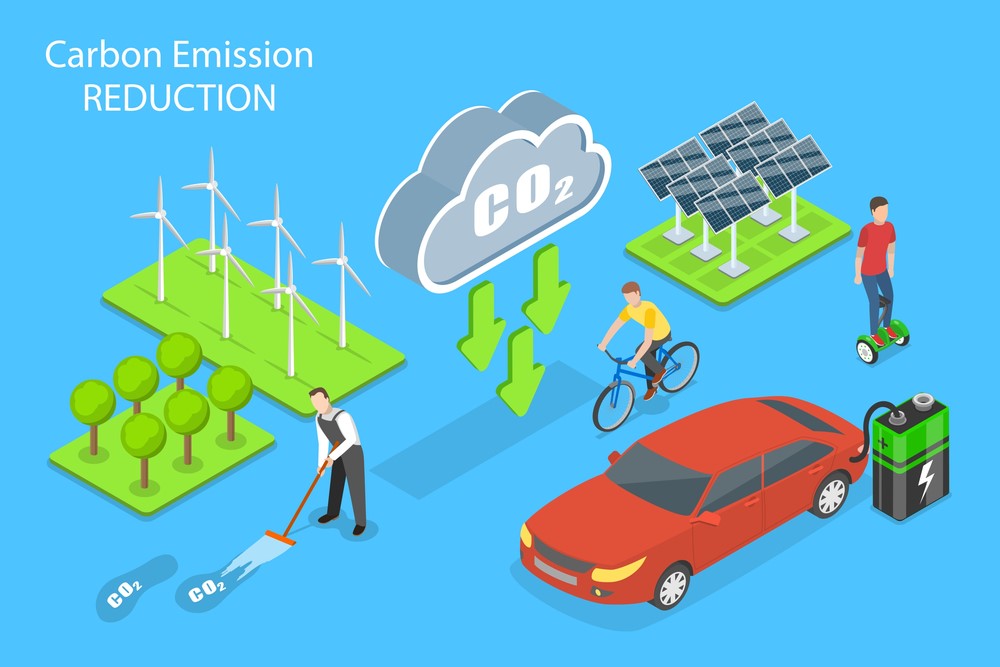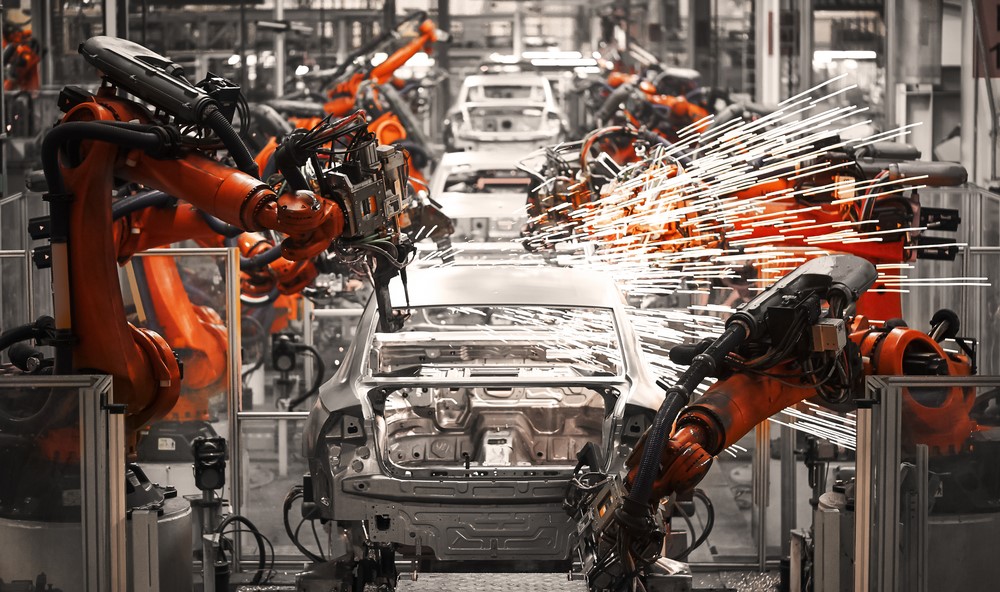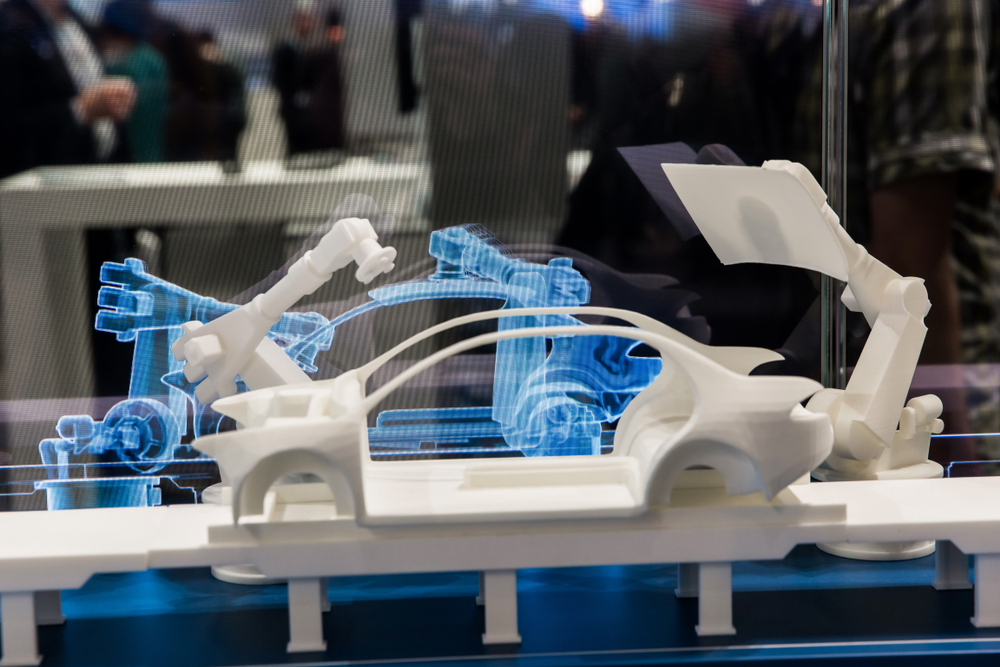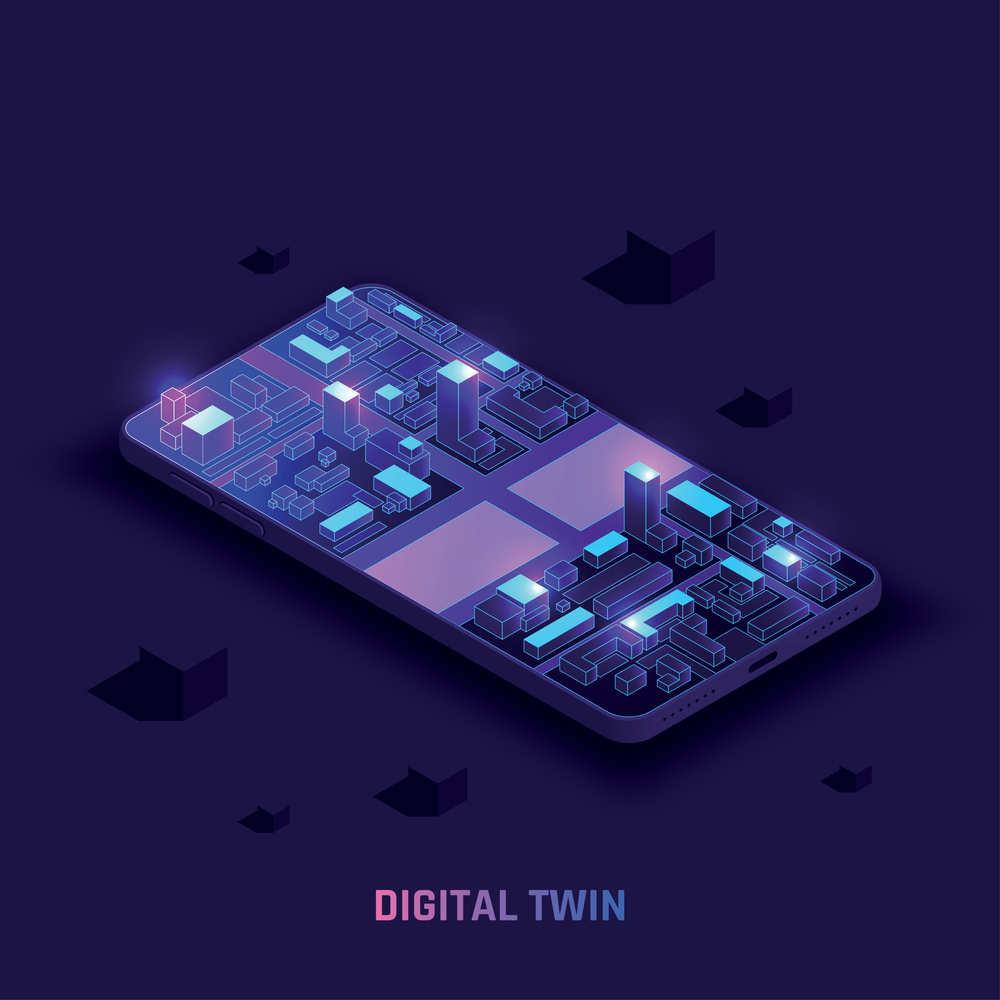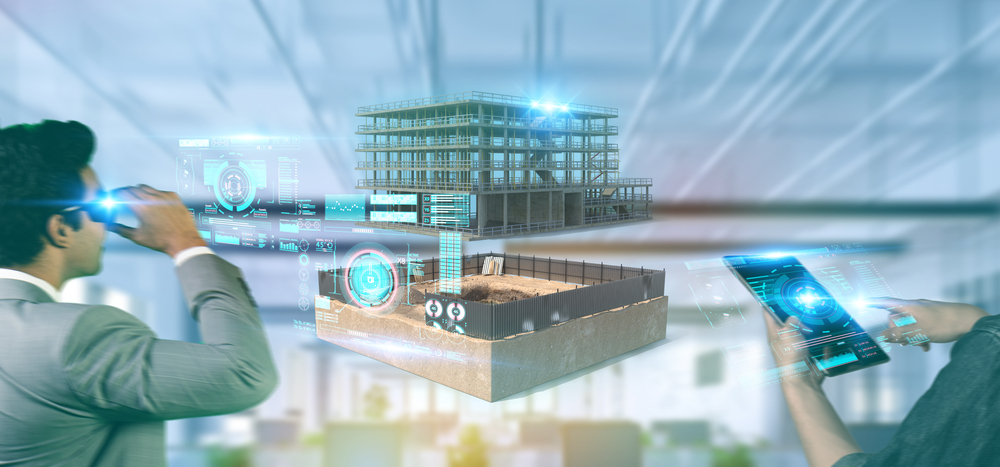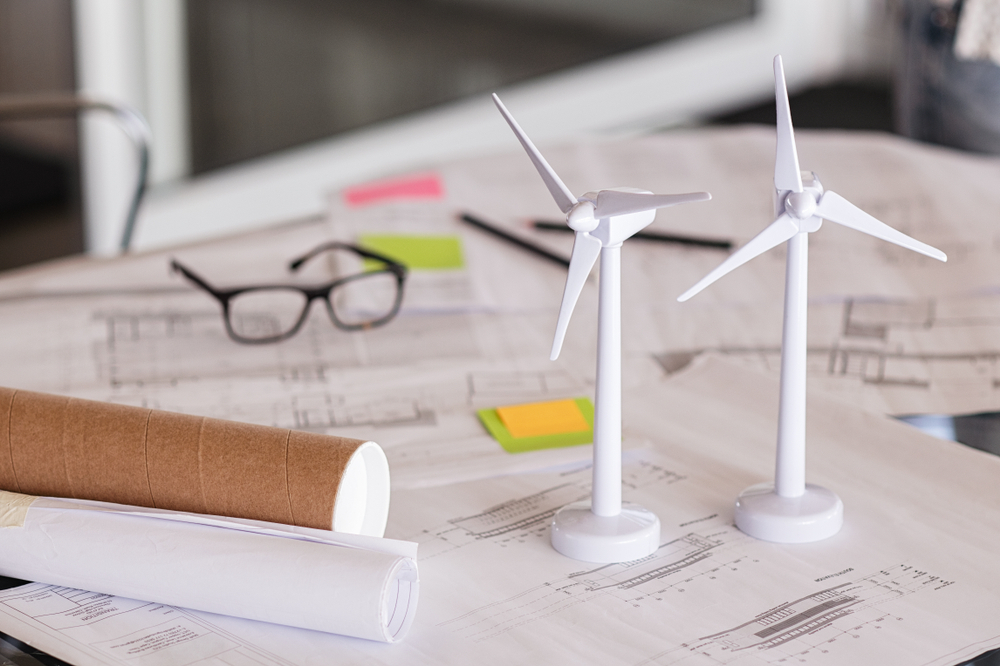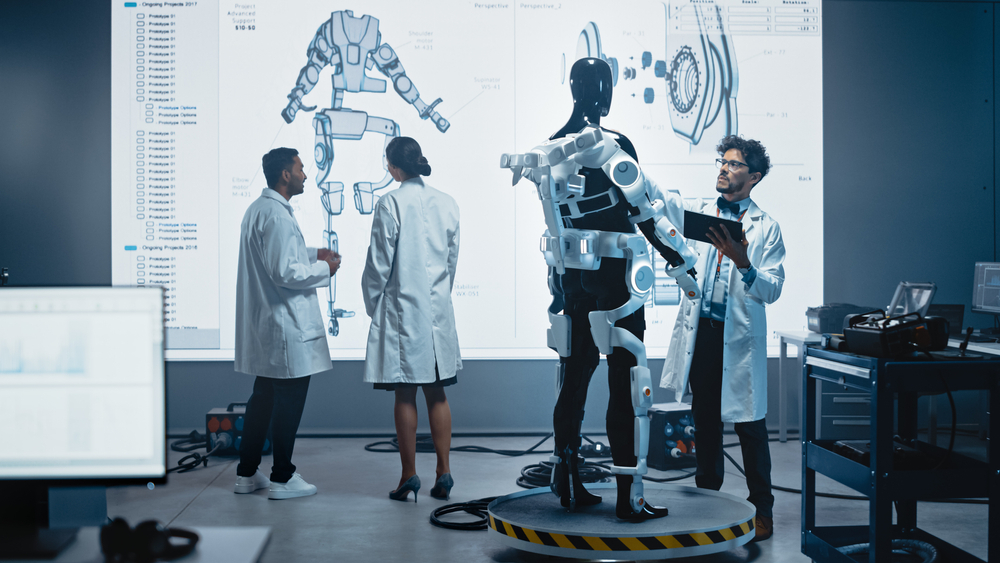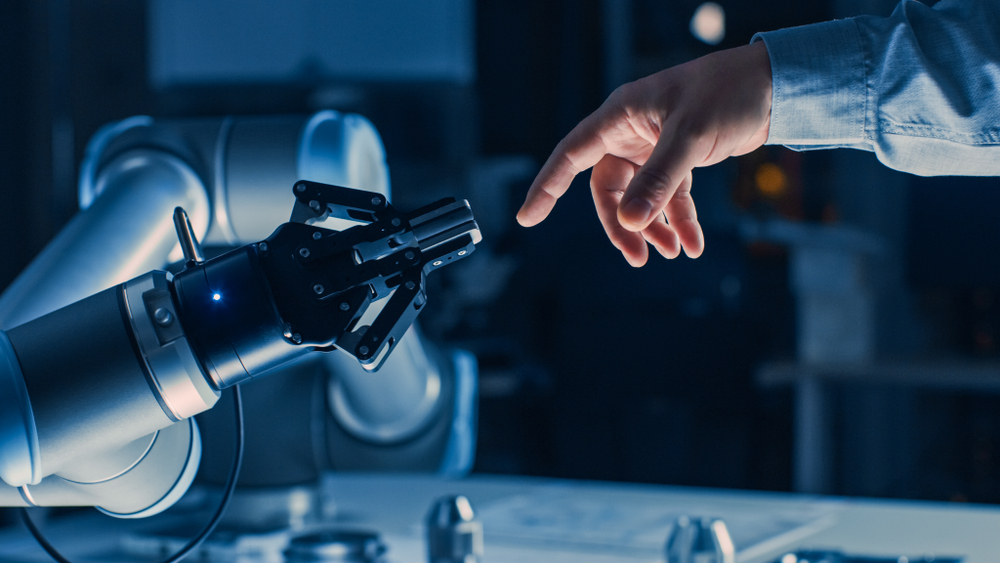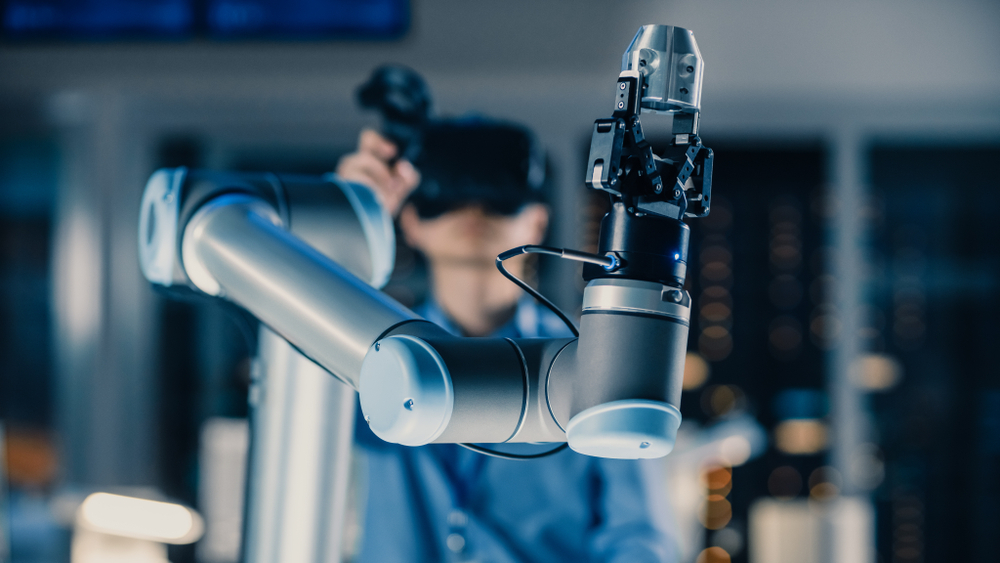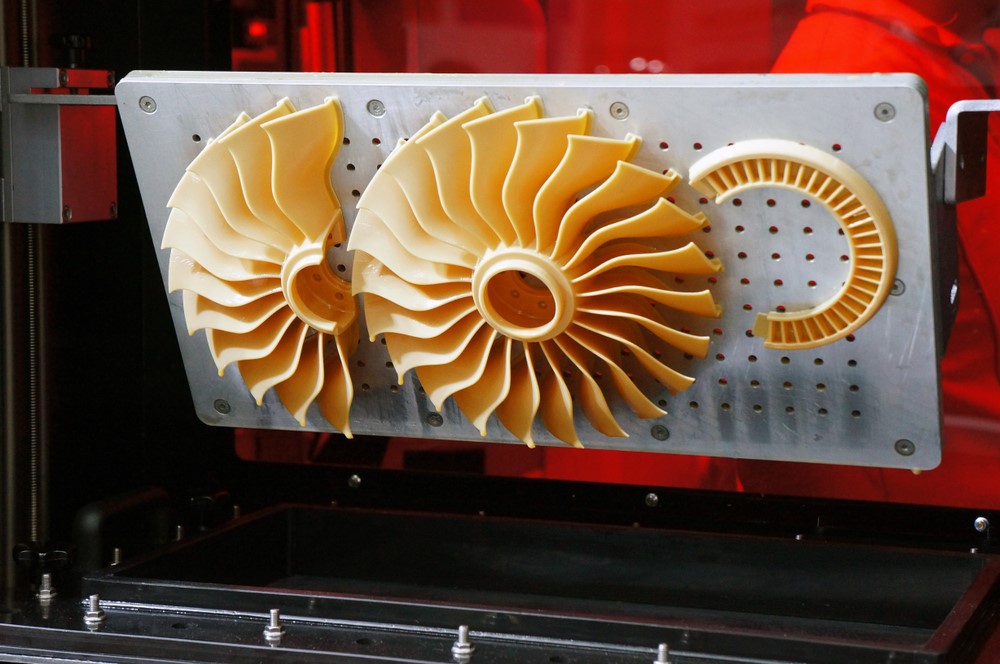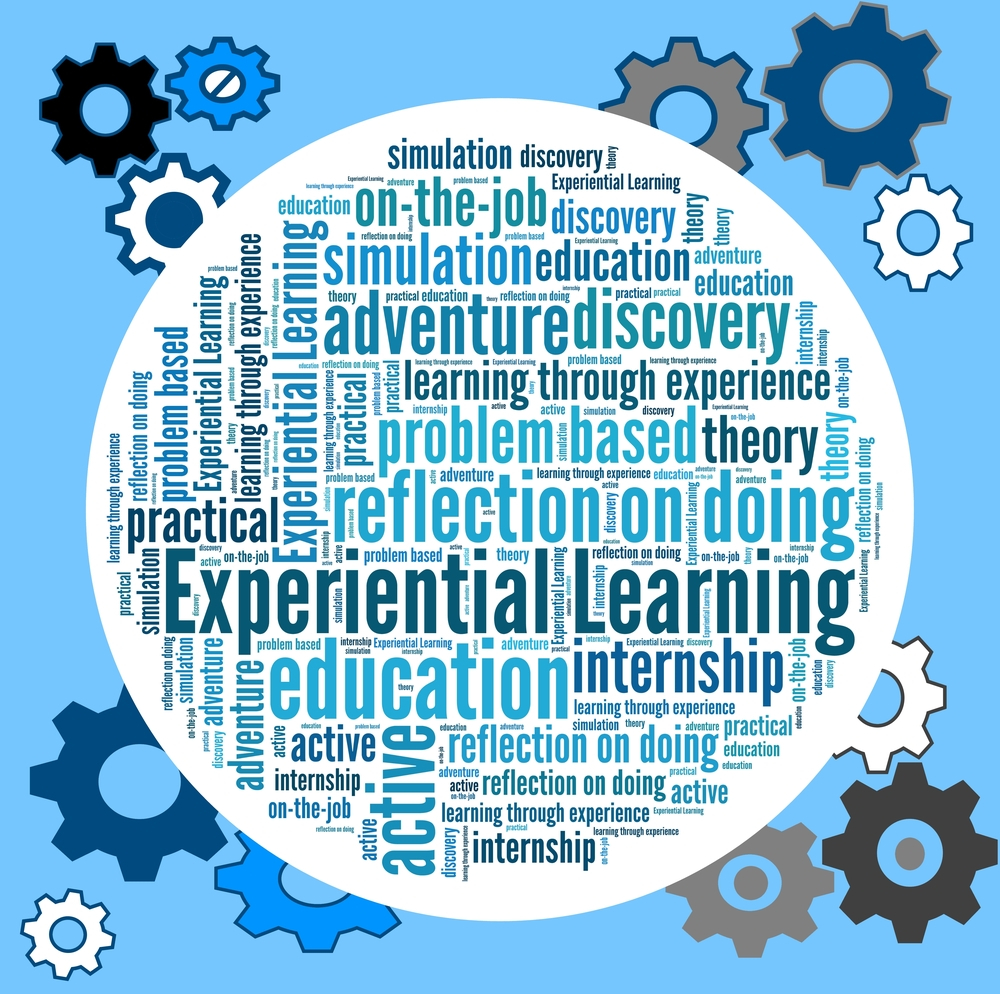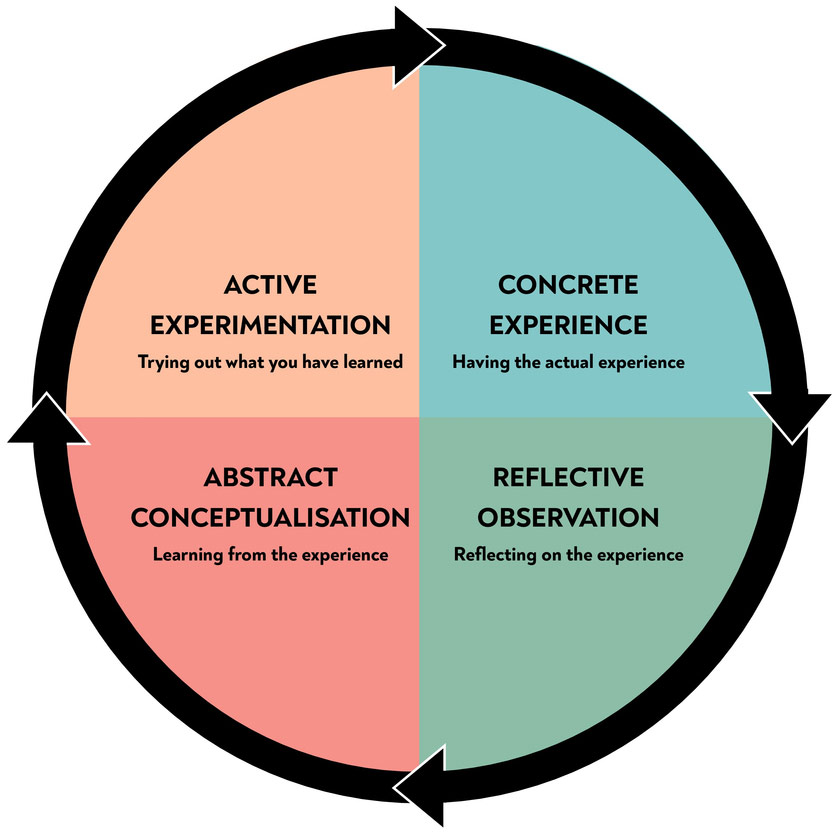
Cloud Engineering is a subfield of Information Technology (IT) that prepare individuals to work in the constantly expanding cloud-computing industry. The cloud computing business is poised to surpass $330 billion by 2022, and it has become a lucrative career option for students aspiring to work in the technology industry.
The evolution of Cloud Computing over the past few years and the subsequent rise of Cloud Engineers are nothing short of astounding. Therefore, it is not surprising that the position continues to gain significance among employers.

Examples of prominent Cloud Providers
Some of the most well-known cloud service providers are Microsoft with Azure, Amazon with AWS, and Google with the Google Cloud Platform. Among them, the cloud service provider AWS, which is part of the Amazon group, stands out. It provides services to Facebook, Twitter, Netflix, LinkedIn, and other popular social media sites.
Many Cloud Service providers, such as Dropbox, Oracle Cloud, Salesforce, and VMware, offer one-off services. For example, Salesforce’s primary goal is to keep track of company-to-customer (C2C) relationships.
Skills required to become a Cloud Engineering
Cloud Engineering provides significant work opportunities since the skills required are not limited to infrastructure management alone. It includes network management, security, data protection, disaster recovery, and many others. Every day, you can work on new projects.
The skills required to excel as a Cloud Engineer are as follows:
Hard skills – Proficiency in Operating systems, networking, and programming languages.
Soft Skills – Ability to communicate effectively, willingness to learn, attention to detail, and leadership qualities.
Understanding of how software works – A technology background in software is an asset for becoming a Cloud Engineer. Knowledge of Java, Python and SQL also helps Cloud Engineers solve real-world problems affecting people worldwide.
Thus, cloud computing involves creative and varied skills pivotal to software development, utilising DevOps, Web Security, Disaster Recovery, Networking, Machine Learning and System Design skills.
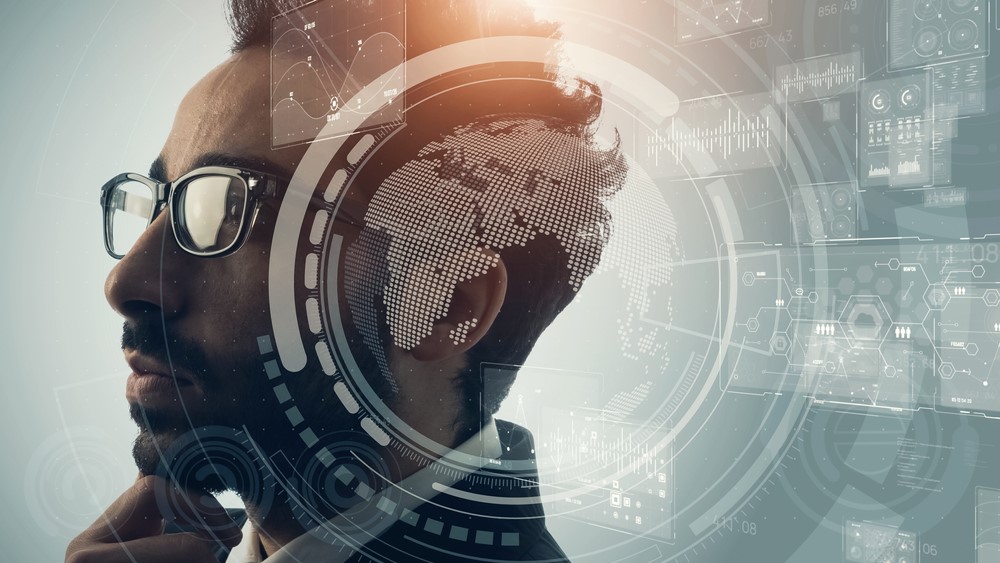
Different roles of Cloud Engineers
As the cloud computing industry rises, cloud engineers enjoy more security and leverage when advancing their careers. Their primary job roles include:
Cloud Architecture – Cloud architects oversee a vast portion of the cloud network. They work on planning and management of all the cloud components, which includes the hardware, software or applications. A cloud architect is in charge of assessing the company’s needs and the pathway of its service expansions. In addition, they regularly review cloud performance and develop technical solutions to overcome obstacles posed by cloud components that may interfere with cloud services.
Cloud Development – Cloud development entails programming procedures that centre on the cloud architect’s vision in order to produce codes on the appropriate platforms. Here, traditional technical abilities are coupled with cloud knowledge competence in order to develop, deploy, and optimise cloud-based applications. Cloud developers utilise their software development expertise in app development, computer networking, UX, UI, and other areas to advance the coding paths.
Cloud Support – Cloud support is a type of service in which the engineer works directly with cloud clients to meet their requirements and maintain the various cloud components. The engineer has knowledge of certain cloud technologies or hosting services and therefore collaborates effectively with the client. Occasionally, cloud support engineers collaborate with cloud architects to explore new technologies and troubleshoot solutions for larger-scale challenges.
Cloud Administration – Cloud administration entails monitoring an organisation’s on-premises gear and software, whilst cloud engineers are solely concerned with cloud services. Their key responsibilities include the creation and implementation of cloud services, the management of requests for new technology, and the establishment of a secure cloud environment.

Steps to Become a Cloud Engineer
To become a cloud engineer, you must consider the following points, which act as guidelines to acquire expertise in the field. These points are:
- Pursue a bachelor’s degree in computer science and gain expertise in Java, Angular JS, and Python. An extensive knowledge of software and Cloud networking will help you excel.
- Learn about deployment models, auto-scaling, clustering, data storage infrastructure, DevOps, and other cloud concepts.
- Acquire familiarity with Cloud tools like VMware, Jenkins, Ansible, Docker, and others.
- Get certified to work with cloud computing services such as Microsoft Azure, Amazon Web Services (AWS), and Google Cloud Platform.
- Finally, be prepared to apply for jobs with a solid résumé.
OmDayal Group of Institutions: Pioneering Education
The OmDayal Group of Institutions was founded in 2010 in order to educate progressive architects and engineers. The institution provides engineering and architecture courses linked with MAKAUT (Maulana Abul Kalam Azad University of Technology). It is accredited by the NAAC, and the Architecture and Engineering programmes are approved by the AICTE and COA. The students have access to a solid foundation, a vibrant learning environment, and knowledgeable faculty.
The institute also offers on-job training in collaboration with the National Small Industries Corporation (NSIC), a government-owned enterprise in India, in order to assist better placements. OmDayal Group of Institutions, a premier college in West Bengal, comprehensively prepares its students as future professionals.
For more information, visit https://omdayal.com.
Disclaimer:
OmDayal Group of Institutions blog posts has been written with the information gathered from approved articles and websites online. Our research and technical team strive to provide relevant information through such articles.
References:


